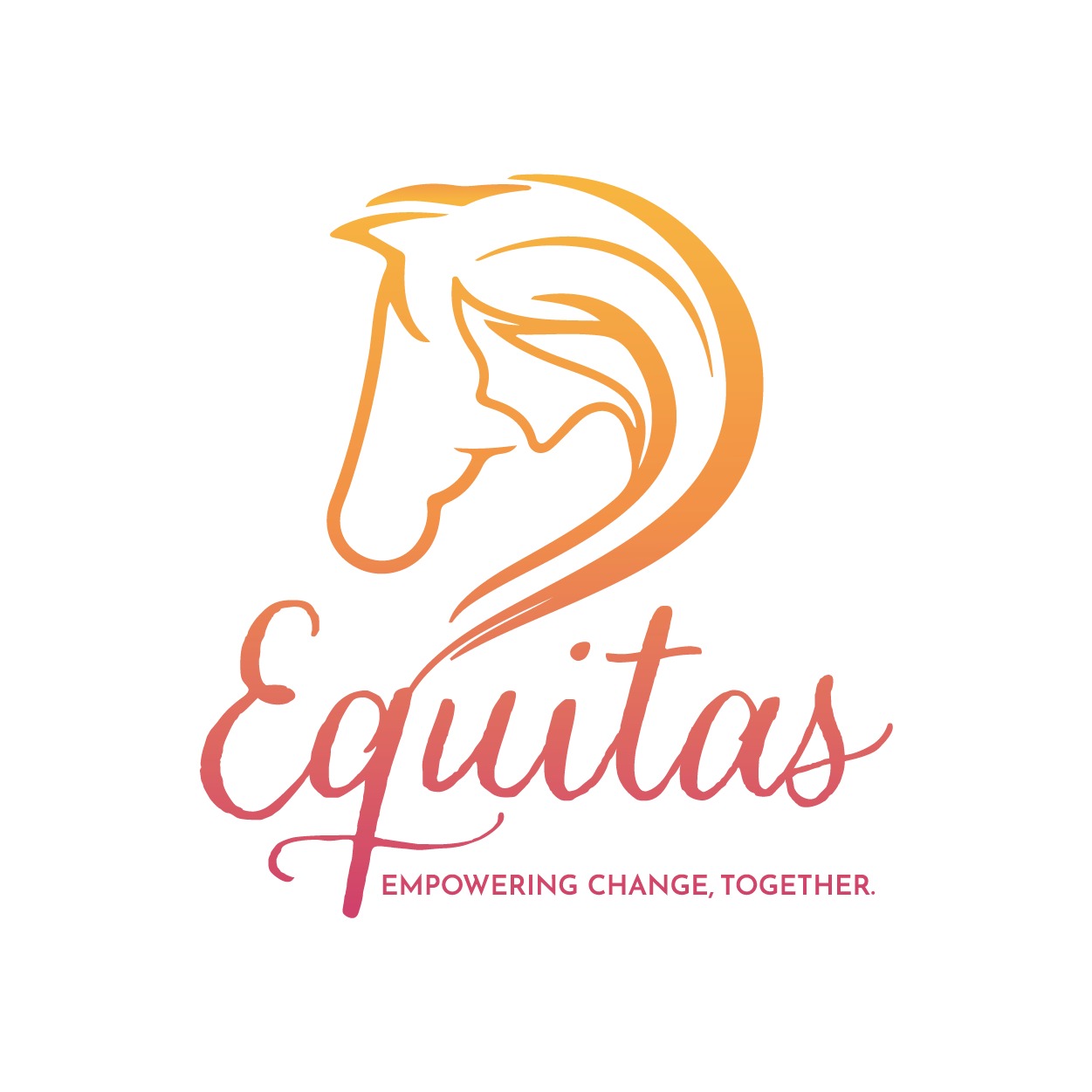What the Shergar Cup Shift Tells Us About Gender, Equity and Progress

In early 2025, Ascot Racecourse confirmed a significant change to the format of its flagship team event, the Shergar Cup: the all-female Ladies’ Team, first introduced in 2012, would be removed and replaced with a team representing Asia.
For some, this marked a welcome move towards true global diversity and a more integrated, merit-based model. For others, it signalled the quiet disappearance of a rare, visible platform for women in horse racing.
But this is not a story of sides. It’s not a debate. This is a conversation about what equity really looks like in a sport where men and women technically compete on equal footing—but where coverage, opportunity, and visibility still tilt in one direction.
The End of the Ladies’ Team — and the Start of a Bigger Question
The Shergar Cup’s Ladies’ Team, comprising some of the world’s most recognisable female jockeys, wasn’t just a press release. It was a guaranteed moment of spotlight. For over a decade, it offered guaranteed mainstream representation for women in racing.
Its removal, confirmed by Racing Post in March, was positioned as part of a broader international expansion. And it was welcomed by many within the sport, including Hollie Doyle.
“The Ladies’ Team has had great success over the years,” Doyle told Racing Post, “but the new changes… are a nice reminder that we as jockeys compete on a level playing field internationally.”
That belief is grounded in reality. Doyle’s own career is a blueprint of what meritocracy can look like. She has shattered domestic records, secured Group-level wins across the globe, and become one of the most marketable faces in British racing. Her rise has been through integrated, mixed-gender competition—proof, many argue, that the time for separate teams has passed.
But that’s not the whole story.
Hayley Turner: “Kids Want to Wave the Pink Flag”
Turner, a pioneer of modern women’s racing and a former Ladies’ Team captain, offered a different view.
“People have said, ‘Why do you need a girls’ team? Girls are equal.’ But I think with the Shergar Cup having a young audience, kids want to have a pink flag and wave for the girls’ team.”
Turner wasn’t questioning equality. She was pointing to the fact that visibility and representation are not guaranteed just because men and women share the same track. For thousands of girls watching from the stands—or on screens—that team served as a visible reminder that they, too, belonged in the story of racing.
Her message wasn’t about nostalgia. It was about momentum.
📊 The Numbers Behind the Feeling
It’s not enough to say “the playing field is level” without looking at who actually gets to play.
A 2023 University of Nottingham study confirmed it unequivocally: the sex of the jockey does not impact a racehorse’s performance. When a woman is in the saddle, the horse runs just as well. Period.
And yet, equality in ability hasn’t translated to equality in opportunity:
- Women are still offered fewer than 1 in 10 rides in British Flat racing.
- In Jump racing, the gap is even wider—female jockeys take under 6% of total rides.
- In Group 1 races—the sport’s top tier—female representation remains statistically negligible.
- Female riders are disproportionately booked on older or less competitive horses, limiting both their win rate and career momentum.
This isn’t about talent. It’s about access. And when access is blocked, visibility disappears with it. Excellence can’t be showcased if it’s never let out of the starting gate.
Riders aren’t failing the system. The system is failing them.
Shergar Cup as a Case Study in Visibility
The Ladies’ Team offered a rare equaliser. Each year, it gave female jockeys a guaranteed platform in one of the sport’s most visible fixtures. Regardless of their ride count or Group-level statistics, they had a place where the media spotlight was a given.
Removing that platform is not inherently regressive—but it is revealing. If racing wants to be gender-neutral, it must ensure that neutrality doesn’t result in invisibility.
What Integration Must Now Guarantee
The removal of the Ladies’ Team, Doyle’s success, and Turner’s concern all sit within one clear truth: integration must not mean dilution.
If female jockeys are to thrive in a gender-neutral Shergar Cup (and wider racing model), then the structures around them—coverage, marketing, opportunity—must catch up.
Here’s what that could looks like:
- Equitable airtime for female riders in team announcements, interviews, and TV coverage.
- Year-round content strategies that feature women, not just post-record-breaking wins.
- Inclusion policies at racecourses to ensure visibility in promotional materials and public campaigns.
- Leadership development, mentorship, and media training for emerging female jockeys.
Progress isn’t symbolic or statistical alone. It is strategic.
What Other Sports Can Teach Us
- 🏎 Motorsport’s W Series (2019): Not to segregate, but to spotlight. Visibility-first, challenge-second.
- 🏃♀️ Athletics: Mixed-gender formats now coexist with traditional ones—proof that inclusion can be structural, not symbolic.
- 🐎 Japan and Hong Kong racing: Technically integrated, but still male-dominated—visibility strategies are absent, and so is momentum.
This Isn’t About “Sides”
Both Turner and Doyle are right. We should be aiming for a world where gender doesn’t dictate selection, narrative, or perception. But until that’s a daily reality—not just an aspiration—symbols like the Ladies’ Team play an important role.
If those symbols are being removed, then it is the responsibility of the industry to ensure they are replaced with something stronger, not nothing at all.
The new Asian team at the 2025 Shergar Cup is a welcome development. Global diversity strengthens the event. But without a parallel strategy to champion female participation within these teams, the result could be a step sideways—not forwards.
Equitas does not mourn the past. We build futures. The removal of the Ladies’ Team doesn’t have to be a setback—if the industry acknowledges what visibility meant, and what must now replace it.
Because here’s the truth:
Equality on paper means very little if no one’s watching.
So here’s the ask:
🧭 If racing’s removing the banners, it better light the stage.
🧩 If gender isn’t the headline, women must still be in the picture.
📣 If the Ladies’ Team disappears, then spotlight strategy better double.
Visibility matters. And racing’s future depends on who’s seen in it.


